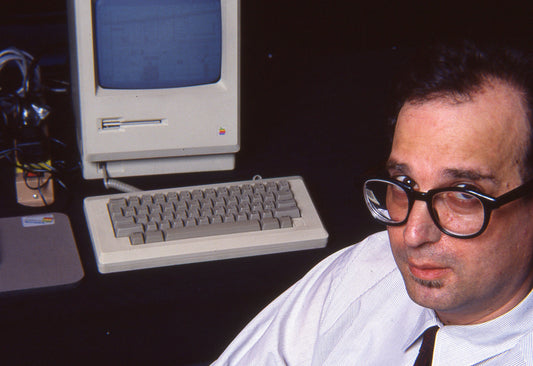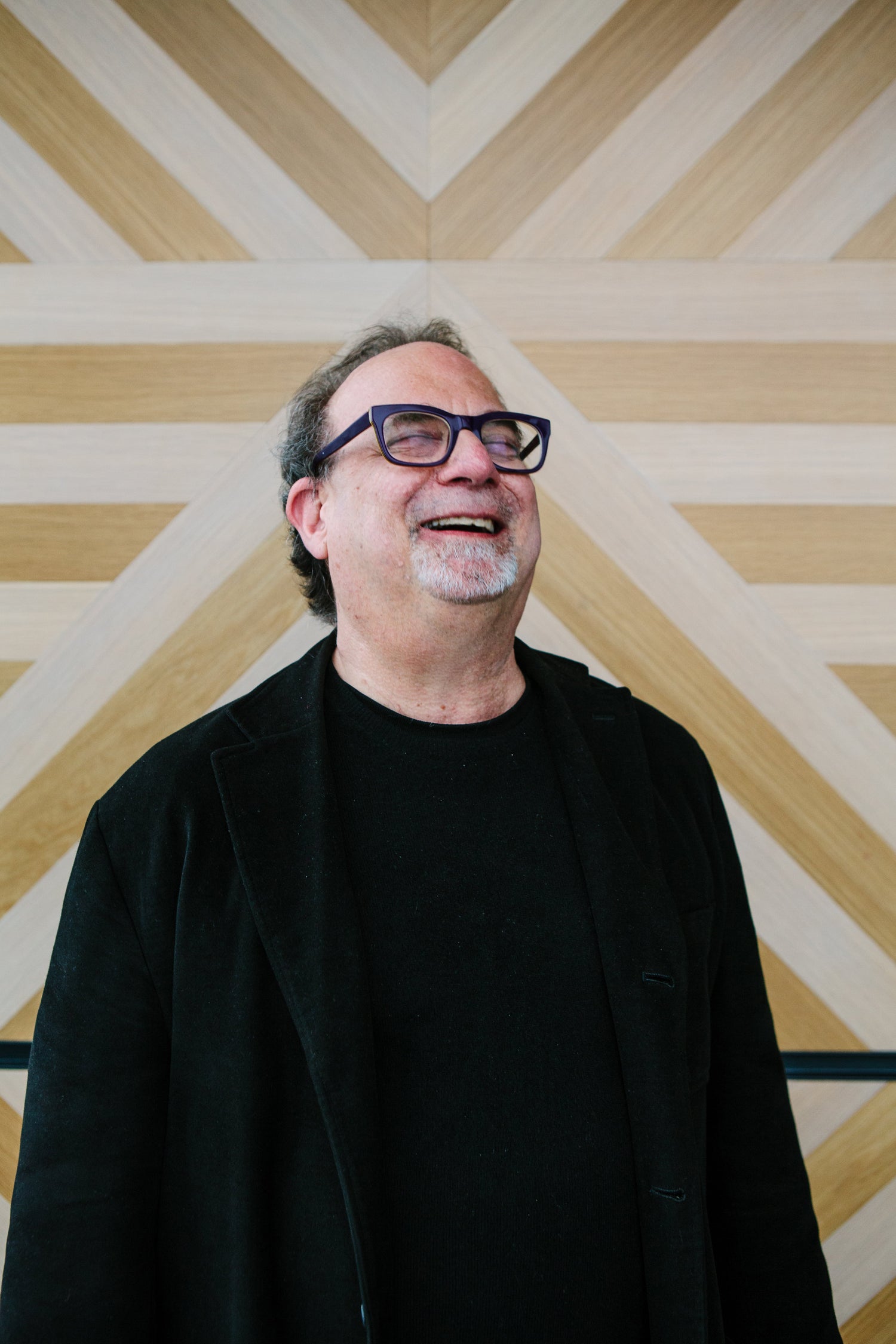
Carl Stone "Electronic Music from the Eighties and Nineties", Notes by Carl Stone, Robin Rimbaud, Tim Rutherford-Johnson
The four pieces by Carl Stone on this recording span a remarkable period in the history of music technology.
![[product title] - unseen worlds](http://unseenworlds.com/cdn/shop/products/UW20_-_Cover_Hi_Res_1445x.jpg?v=1566370079)
![[product title] - unseen worlds](http://unseenworlds.com/cdn/shop/products/0013398399_10_1445x.jpg?v=1566321210)
DIGITAL TRACK LIST
1. Banteay Srey (14:09)
2. Sonali (16:58)
3. Woo Lae Oak (23:06)
4. Mae Yao (23:23)

Carl Stone is one of the pioneers of live computer music. He studied composition at CalArts with Morton Subotnick and James Tenney and has composed electro-acoustic music almost exclusively since 1972. When New Music was exiting the loft scene of the 1970s and entering the more commercial realm of the 1980s, Stone guided his art through that transition period by fusing his compositional ambitions with systems of live performance that were simultaneously pop savvy, commercially suicidal, and technologically forward-thinking. He moved away from pure electronic sound and was among the vanguard of artists incorporating turntables, early digital samplers, and personal computers into live electronic music composition. An adopter of the Max programming language while it was still in its earliest development at the IRCAM research center, Stone continues to use it as his primary instrument, both solo and in collaboration with other improvisers. In addition to his work as a composer, Stone served as Music Director of KPFK-FM in Los Angeles from 1978-1981, director of Meet the Composer California from 1981-1997, and President of the American Music Center from 1992-1995. He currently divides his time between Los Angeles and Japan, where he retired as a faculty member of the Department of Media Engineering at Chukyo University.